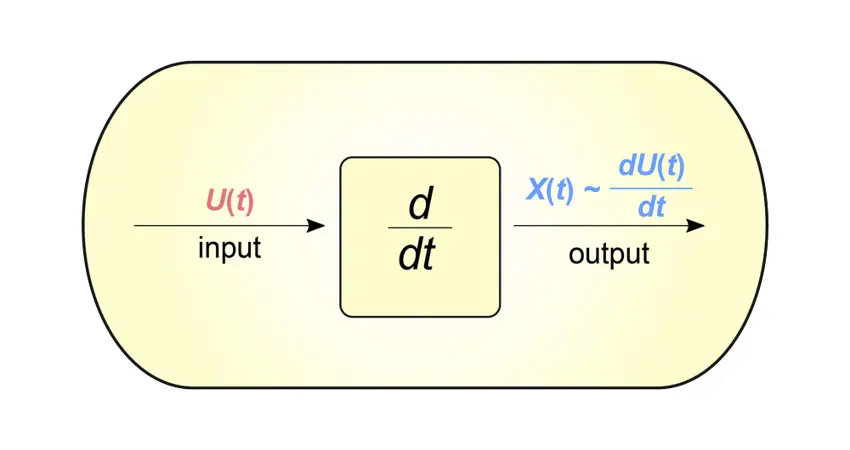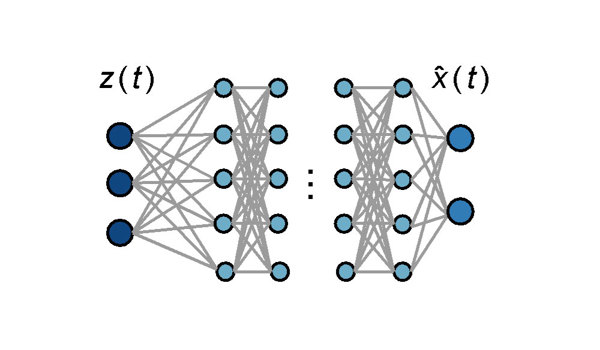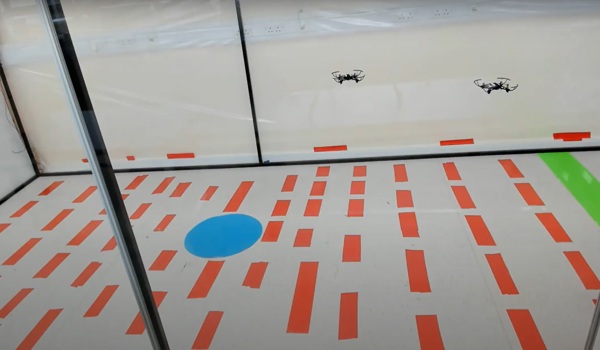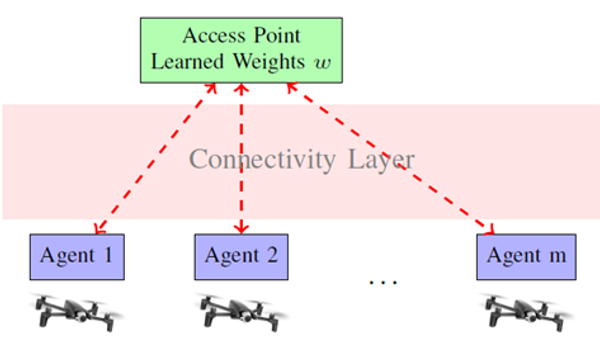15 Nov 2021
Building biological differentiaton circuits
Spotlight on work by Emmanouil Alexis

Calculating temporal gradients is a fundamental tool for understanding and controlling the behaviour of a technological or biological system. Interestingly, cells are capable of estimating the rate of change of molecular signals and use this information for their own benefit. Nonetheless, the majority of mechanisms that empower cells with this ability is still poorly understood. Our recent work sheds more light on this area by introducing three novel biomolecular topologies who are able to work as signal differentiators of high accuracy. These topologies aim not only to expand our understanding of cell behavior but also to pave the way for designing reliable synthetic differentiator modules inside the cell for a variety of applications. Examples include development of speed biosensors as well as realization of biological regulation schemes based on derivative feedback control.
Each of the proposed topologies can be interpreted as a modular and tunable intracellular device which accepts a molecular input signal, such as the concentration of a biomolecule of interest, and produces an output signal which is proportional to the derivative of the former. We mathematically and computationally analyze their characteristics and performance trade-offs. Special emphasis is given to their performance in the presence of input signals with high-frequency components which can lead to catastrophic output signal amplification, thus, constituting probably the most important problem of both technological and biological differentiators. We therefore investigate tuning strategies and structural additions for enhanced performance and high-frequency input noise insensitivity. Finally, to highlight their biological relevance and motivate further experimental investigation, we present some natural regulatory networks whose structure resemble the core of these architectures while we provide guidelines for potential synthetic implementations.




